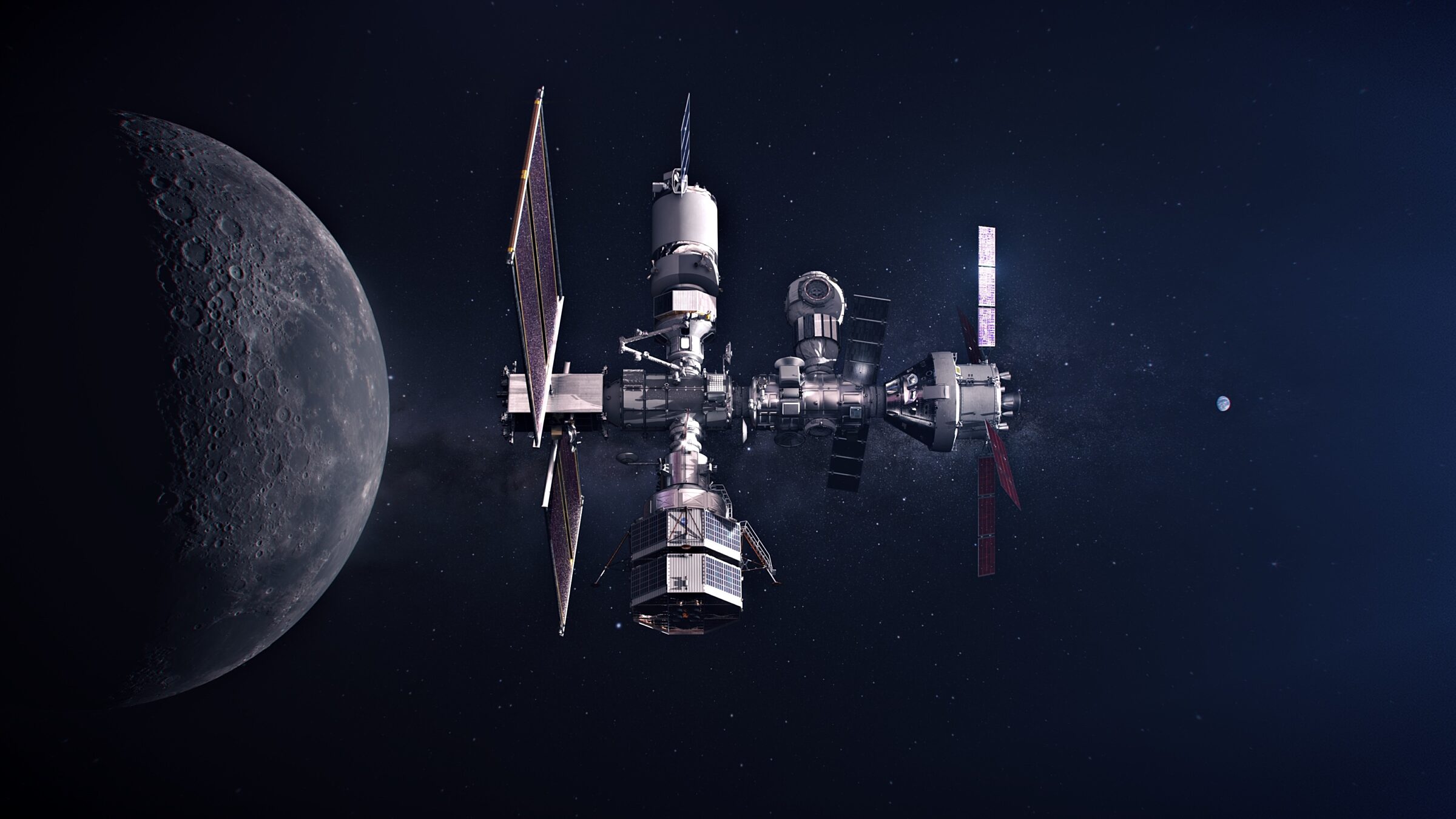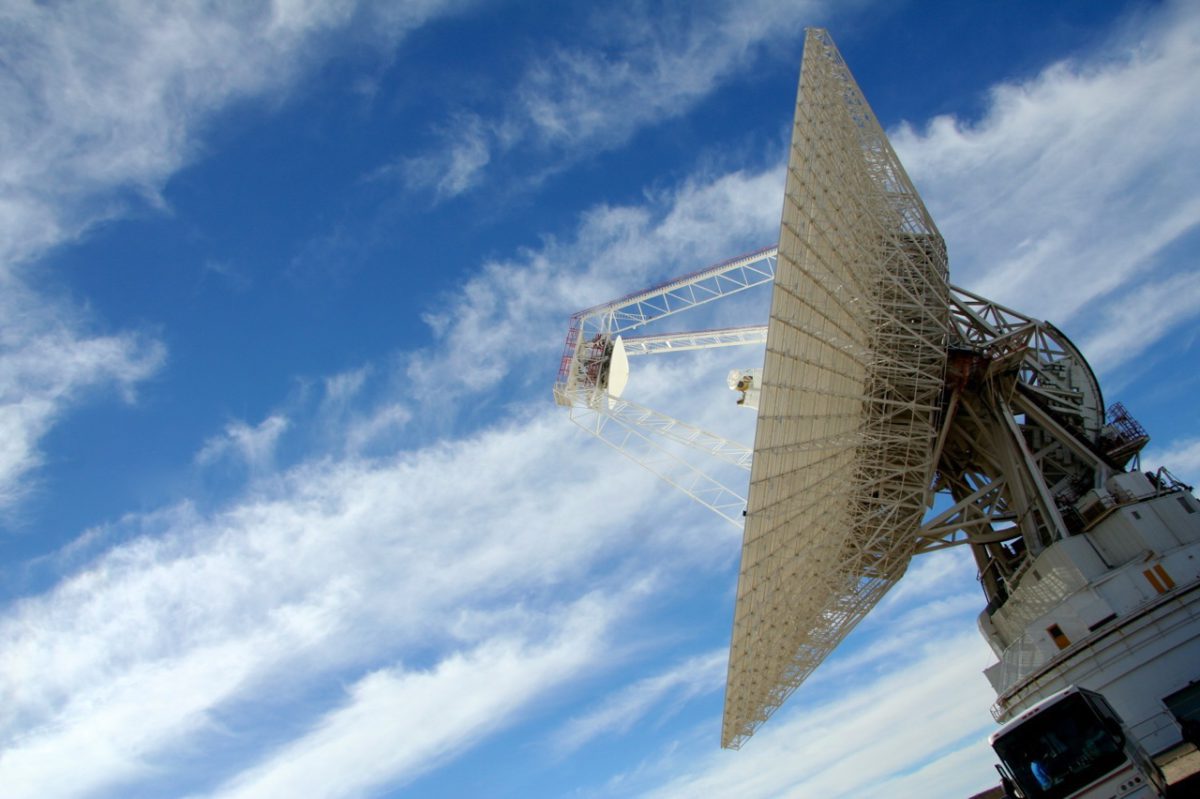Casey Dreier • Jun 04, 2021
Biden's 2022 NASA Budget Says Yes to Pretty Much Everything
Mars. The Moon. Europa. Planetary Defense. Yes.
Mars Sample Return? Yes. NEO Surveyor? Yes. Artemis? Yes. Europa? Yes.
The 2022 Presidential Budget Request for NASA, released in full on May 28th, is the 2nd-best budget proposal for the space agency in 25 years. That would mean $24.8 billion for NASA, that's $1.5 billion, or 6.6%, more than provided by Congress last year.
The increases are spread around the agency, with no one directorate reaping the windfall. NASA's Deep Space Exploration, Science, Space Technology, and STEM Outreach programs are the biggest beneficiaries.
Are there things I would tweak? Sure. I'd up research funding for basic research. I'd direct more funds towards human Mars technology development, particularly for in-space nuclear propulsion. I'd provide a bit more funds to operating missions to enable more productive work. I'd spend more on replacing and revitalizing NASA's aging facilities (something that may be addressed through a separate infrastructure bill).
But these are modest quibbles. When asked by NASA to fund its mission, the Biden Administration largely responded with "yes."
Just look at this sea of green:
| 2021 Enacted | 2022 PBR | % Change | |
|---|---|---|---|
| NASA | $23,271 | $24,802 | +6.6% |
| Science | $7,301 | $7,931 | +8.6% |
| Planetary Science | $2,700 | $3,200 | +18.5% |
| Earth Science | $2,000 | $2,250 | +12.5% |
| Astrophysics | $1,356 | $1,400 | +3.2% |
| Roman Space Telescope | $505 | $501.6 | -0.7% |
| James Webb Space Telescope | $414.7 | $175.4 | -58% |
| Heliophysics | $751 | $796.7 | +6% |
| Biological & Physical Science | $79.1 | $109.1 | +38% |
| Exploration | $6,555 | $6,880 | +5% |
| Orion Crew Vehicle | $1,407 | $1,407 | - |
| SLS | $2,586 | $2,487 | -4% |
| Lunar Gateway | $698 | $785 | +12.3% |
| Human Landing System | $850 | $1,195 | +41% |
| Space/Exploration Technology | $1,100 | $1,425 | +30% |
| Space Operations | $3,988 | $4,017 | +0.7% |
| Aeronautics | $829 | $915 | +10% |
| STEM Engagement | $127 | $147 | +16% |
| Safety, Security, & Mission Services | $2,937 | $3,049 | +3.8% |
| Construction and Environmental Compliance | $390 | $390 | - |
| NASA Inspector General | $44.2 | $46 | +4.1% |
All values are in millions of dollars. Directorate/top-level line-items are in boldface, divisions and major projects are in standard formatting; sub-programs are in italics. All major directorates are listed but not all sub-divisions or projects are included here.
Note that the red items above represent decreases consistent with standard project development cycles—James Webb enters its operations period in FY 2022 and no longer has development costs. Likewise, both SLS and Roman Space Telescope are at or past their peak funding needs.
The following sections examine the budget request through the three core areas of focus for The Planetary Society: planetary exploration, the search for life, and planetary defense.

Planetary Exploration
Artemis
Project Artemis as conceived under the Trump Administration would continue effectively unchanged in the first year of Biden Administration. All existing components are funded. It's early yet, and most of this budget was defined before NASA had its new Administrator, but it's an encouraging sign that there won't be a reset button on human exploration beyond Earth.
The Human Landing System is perhaps the most substantive programmatic departure, with NASA deciding on a single provider, SpaceX. As a consequence, the Biden Administration is asking for $1.2 billion for this program in 2022—$3 billion less than projected by the Trump Administration in its previous NASA budget. Congress demonstrated little interest in funding those substantial increases to the HLS, however, driving NASA to the single selection.
The other noteworthy departure is an embrace of the Space Launch System's Exploration Upper Stage, which would increase mass capacity for Orion launches. Trump administration budgets had argued to defer this effort, arguing that the current Block 1 version of the SLS was enough to achieve near-term goals at the Moon.
Planetary Science
At $3.2 billion, this may be the best planetary science budget proposal in history. That's not hyperbole. Adjusted for inflation, it would surpass the program's peak in the mid-1960s, when NASA was throwing robotic probes at the Moon in advance of crewed Apollo missions.
Nearly every Planetary Society priority is well-funded: Mars Sample Return, Europa Clipper, NEO Surveyor, Dragonfly, and critical infrastructure like Plutonium-238 production. It supports two new Discovery-class missions (DAVINCI+ and VERITAS) to launch later in the decade. Dozens of lunar instruments and technology demonstrations (including the first 4G LTE network on the lunar surface) are funded with commercial payload deliveries. A fleet of interplanetary smallsats stands ready to launch in the next few years to the Moon and Mars, pushing the limits of scientific return for micro missions.
There will be no fights to defend ongoing planetary missions. Every operating mission is funded. The teams can focus on their work without fear of cancellation.
Unfortunately, funding for basic research remains flat. This research supports the current and future scientific workforce. But increased demand has driven award rates down into the single digits, putting significant pressure on scientists who depend on these grants to enable their work. This remains an issue to resolve in the congressional process.
NASA's planetary science budget, with Biden's FY 2022 proposal. Data adjusted for inflation and normalized to maintain consistent accounting of launch costs and to remove Deep Space Network infrastructure costs between 2002 and 2007. Inflation-adjustment made using NASA's New Start Index. Source: Planetary Science Budget Dataset, compiled by Casey Dreier for The Planetary Society (accessible on Google Sheets or downloadable as an Excel file).
The Search for Life
The search for life remains scattered throughout NASA's portfolio, lacking an organizing principle or single management structure. The FY 2022 budget proposal includes no new initiatives or programs, though NASA continues to make progress in this area via a series of missions: Mars Perseverance, Europa Clipper, and upcoming space telescopes that will study exoplanets and their atmospheres. In a welcome departure from the past few years, the Roman Space Telescope is supported by this proposal and will not have to fight cancelation.
Planetary Defense
NASA's Planetary Defense Program would see a critical $46.2 million boost to advance the NEO Surveyor mission, a dedicated space telescope to seek out potentially hazardous near-Earth objects. This long-delayed mission would find 90% of "city killer"-sized asteroids within a decade, and greatly improve humanity's understanding of the asteroid threat.
This mission is a major priority for The Planetary Society, and this is the first time funding has been explicitly included in NASA's budget request.
The budget supports DART, which will launch later than February of 2022. Ground-based NEO observations also continue, with funding to improve new radar equipment at the Goldstone Solar System Radar system in California. This will improve sensitivity and help replace some of the capabilities lost after the collapse of the Arecibo Observatory.

Congressional Outlook
NASA's $24.8 billion is a mere blip within the Biden Administration's $1.5 trillion spending proposal
for discretionary programs. Many other
agencies would also see significant increases in spending.
This budget spreads these increases around to many programs (and many congressional districts) and avoids creating unnecessary political fights by canceling popular programs (with the possible exception of canceling the SOFIA airborne observatory, attempted under by both Obama and Trump administrations).
NASA enjoys support among Democrats and Republicans alike. Absent
some larger political factors that would rapidly turn Congress toward
austerity budgeting, this overall budget growth is within reach. How
that growth would be distributed, however, is another matter.
The core issue will be the Human Landing System program. Already, a
NASA Authorization bill is moving through the Senate which mandates the
selection of a second provider. It authorizes—but does not actually
provide—an additional $10 billion over 5 years to support both
providers.
That's $2 billion per year—greater than the $1.5 billion increase now proposed to increase NASA's science, technology, and STEM programs. Given that congressional appropriators provided only a quarter of the requested budget for the human landing system last year, NASA could easily find itself with an unfunded mandate, forced to raid unrelated programs or delay its lunar ambitions to pay for a second HLS contract. Congress must approach this situation with great care in order to preserve NASA's critical science, aeronautics, and STEM outreach missions.
Congress should follow the Biden Administration's lead. When presented with these options, say "yes". Let's do it all.
NASA's FY 2022 Budget Tracking Page
Follow the latest developments, details, and changes to the NASA budget as it goes through the congressional appropriations process.


 Explore Worlds
Explore Worlds Find Life
Find Life Defend Earth
Defend Earth


